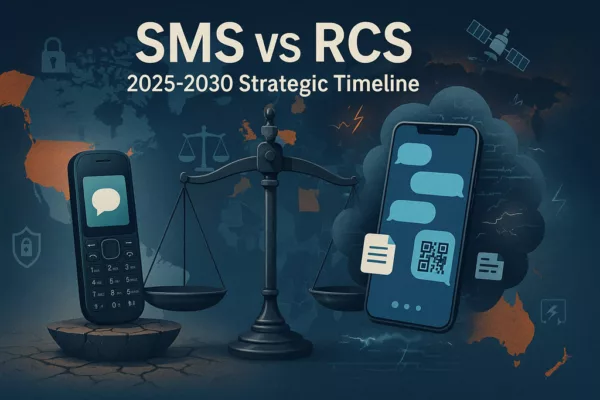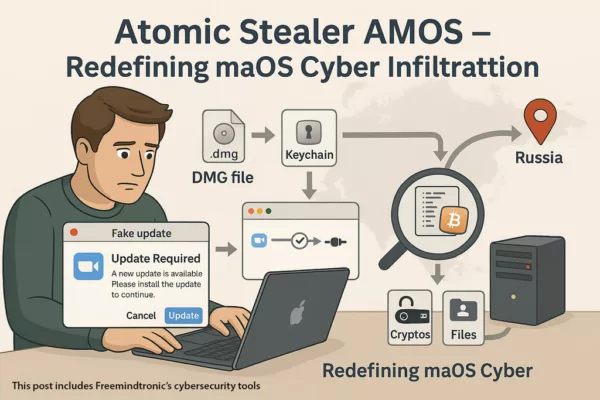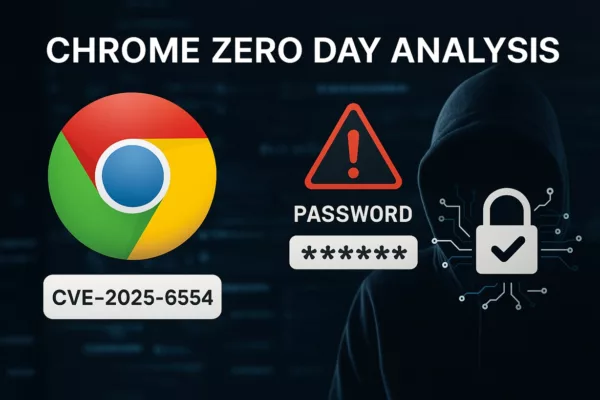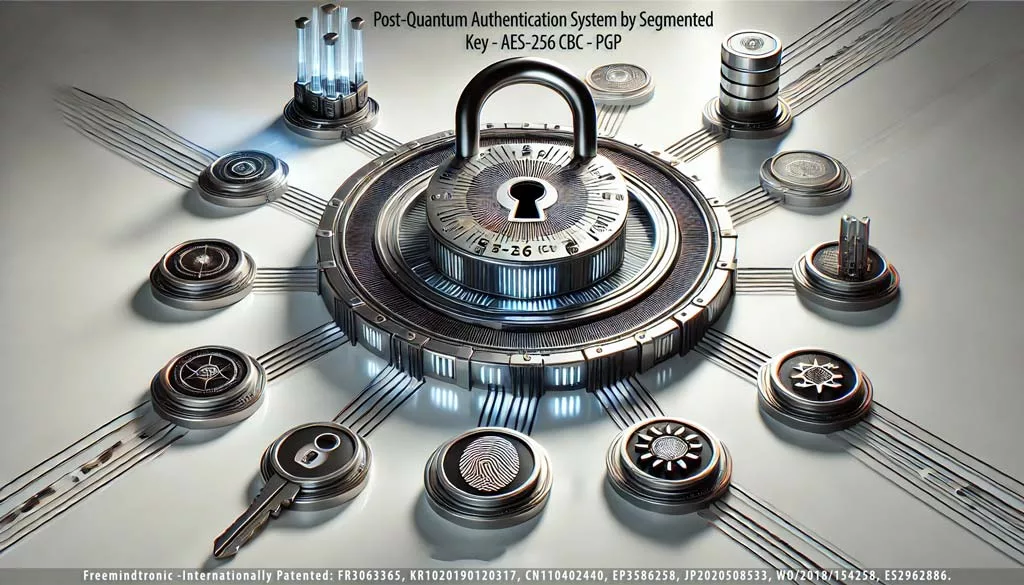Background: The Foundations of Quantum Security in AES-256 Understanding AES-256 in Classical Cryptography AES (Advanced Encryption Standard), especially its 256-bit variant, provides robust protection for sensitive data. The robustness of AES-256 arises from the complexity of its encryption operations, which require a 256-bit key. This key length makes brute-force attacks nearly impossible on classical computers. […]
Stay informed!
Join our community of technology enthusiasts! Subscribe to our newsletter and receive exclusive updates on the latest news, special offers, and tips from Freemindtronic. Stay informed on the latest technology trends, discover new products, and be among the first to take advantage of them. Sign up now by entering your email address below. Don't miss any updates from Freemindtronic!






